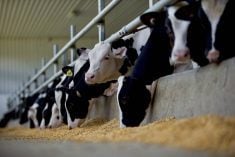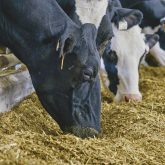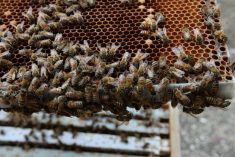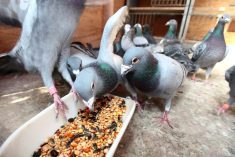The international committee that reviews countries’ requests for animal health status on specific diseases has called for Canada to level up on its status for BSE.
The Scientific Commission of the OIE (World Organization for Animal Health), which last met virtually over Feb. 1-12, has recommended to OIE delegates that Canada’s application seeking “negligible risk” status for bovine spongiform encephalopathy (BSE) “fulfills the necessary requirements,” the Canadian Food Inspection Agency said Friday.
The six-member commission’s recommendation has been submitted to the OIE’s 182 delegates, who are expected to vote on Canada’s application at the next general session of the World Assembly of OIE Delegates, to be held virtually May 24-28.
Read Also
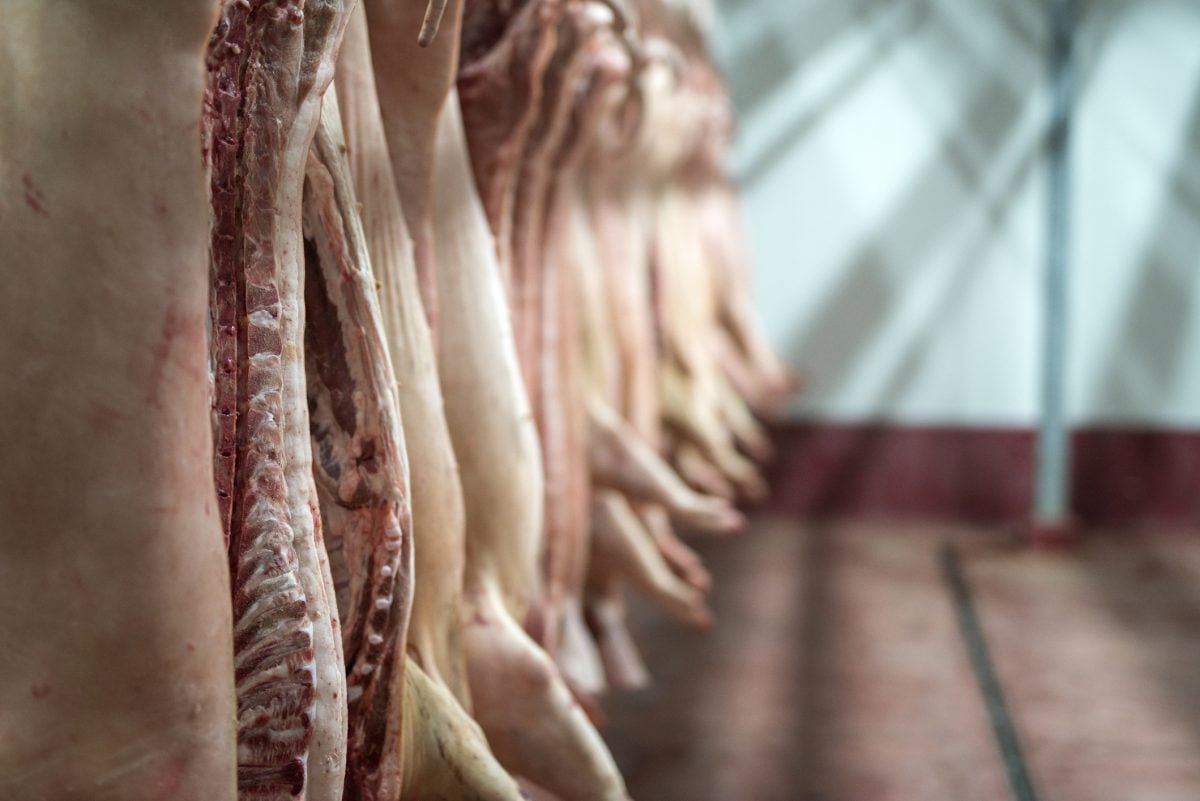
U.S. livestock: Cattle slip back, hogs gain
Chicago cattle futures slipped back on Friday after Thursday’s pause. Hog futures crept upward. Most-active December live cattle futures closed…
According to the Canadian Cattlemen’s Association (CCA), OIE member countries now have 60 days to ask for any information that’s included in Canada’s BSE dossier.
Canada, since 2007, has been on a short list of cattle-producing countries and regions deemed instead to be a “controlled risk” for BSE. Among others on the list are England, France, Scotland, Ireland and Ecuador.
For Canada, that status is based on surveillance and eradication measures set up since the country’s first domestic case of the disease was confirmed in an Alberta cow in 2003.
An upgrade to negligible risk would give Canada the same BSE status as beef-exporting nations such as Brazil, India, Australia, the U.S., Argentina, New Zealand and Mexico, among others.
That promotion “would help secure and negotiate access for Canadian cattle and beef products to trade markets that require products to originate from negligible BSE-risk status countries,” CFIA said Friday.
“Although we still need to await the final vote, I am optimistic that this will soon allow (cattle producers) to expand their markets for cattle and beef exports to the U.S. and other foreign markets,” federal Agriculture Minister Marie-Claude Bibeau said in a release.
In a separate release Friday, CCA president Bob Lowe hailed the commission’s recommendation as “an important first step,” adding that the CCA “respects the OIE review process and will await the final determination in May.”
Requirements
The OIE’s current requirements for negligible-risk status include having shown “negligible risk with regard to the BSE agent for at least seven years” and having had no domestically-produced case of BSE born less than 11 years ago.
The most recent of Canada’s 19 home-grown cases of BSE was confirmed in 2015, in an Alberta beef cow born in 2009. The case was spotted through Canada’s BSE surveillance program and no part of it went into any food or feed supply chain, CFIA said previously.
Case 18, meanwhile, was an Alberta dairy cow confirmed with BSE in February 2011, and born in August 2004 — meaning Canada was just seven months shy of being able to seek negligible-risk status when Case 19 appeared.
The OIE also requires negligible-risk countries to show evidence of an “effective” ban on ruminant-to-ruminant feeding for at least eight years.
As with controlled-risk countries, negligible-risk countries must also show “intensive” active surveillance for BSE over at least a seven-year period, and maintained over time, the OIE says.
BSE risk status, according to the OIE, only applies in relation to “classical” BSE, which is transmitted through infected feed sources, rather than “atypical” BSE, forms of which are believed to occur spontaneously in cattle populations at a very low rate.
All but one of the cases seen in the U.S., for example, were deemed to be “atypical” BSE.
For its part, Ottawa “worked closely with provinces and industry to put forward a strong application based on data” to the OIE, and the “diligence” of that approach shows in the commission’s ruling, CFIA said Friday.
A progressive, fatal disease of the nervous system in cattle, crudely called “mad cow disease,” BSE is in the family of transmissible spongiform encephalopathies (TSEs) such as scrapie in sheep, chronic wasting disease in deer and elk, and Creutzfeldt-Jakob disease in people.
No treatment or vaccine against BSE is yet available, and no method yet exists to confirm the BSE agent’s presence in live animals.
From a public health perspective, since the 1990s, about 180 cases of a variant form of Creutzfeldt-Jakob disease (vCJD) in people in Europe have been connected to consumption of contaminated beef from BSE-infected cattle.
Health Canada has said no cases of vCJD have ever been linked to eating Canadian beef and BSE in Canada poses an “extremely low” risk to human health. — Glacier FarmMedia Network




